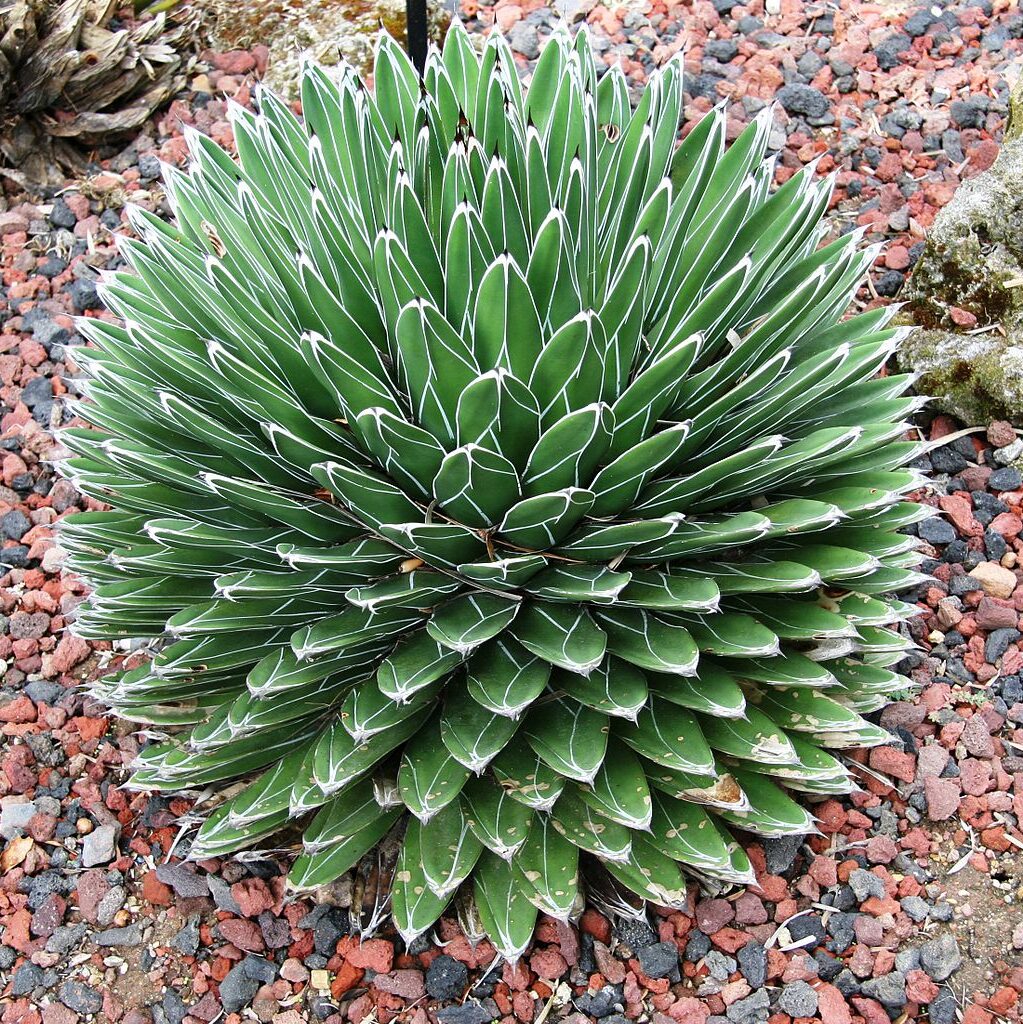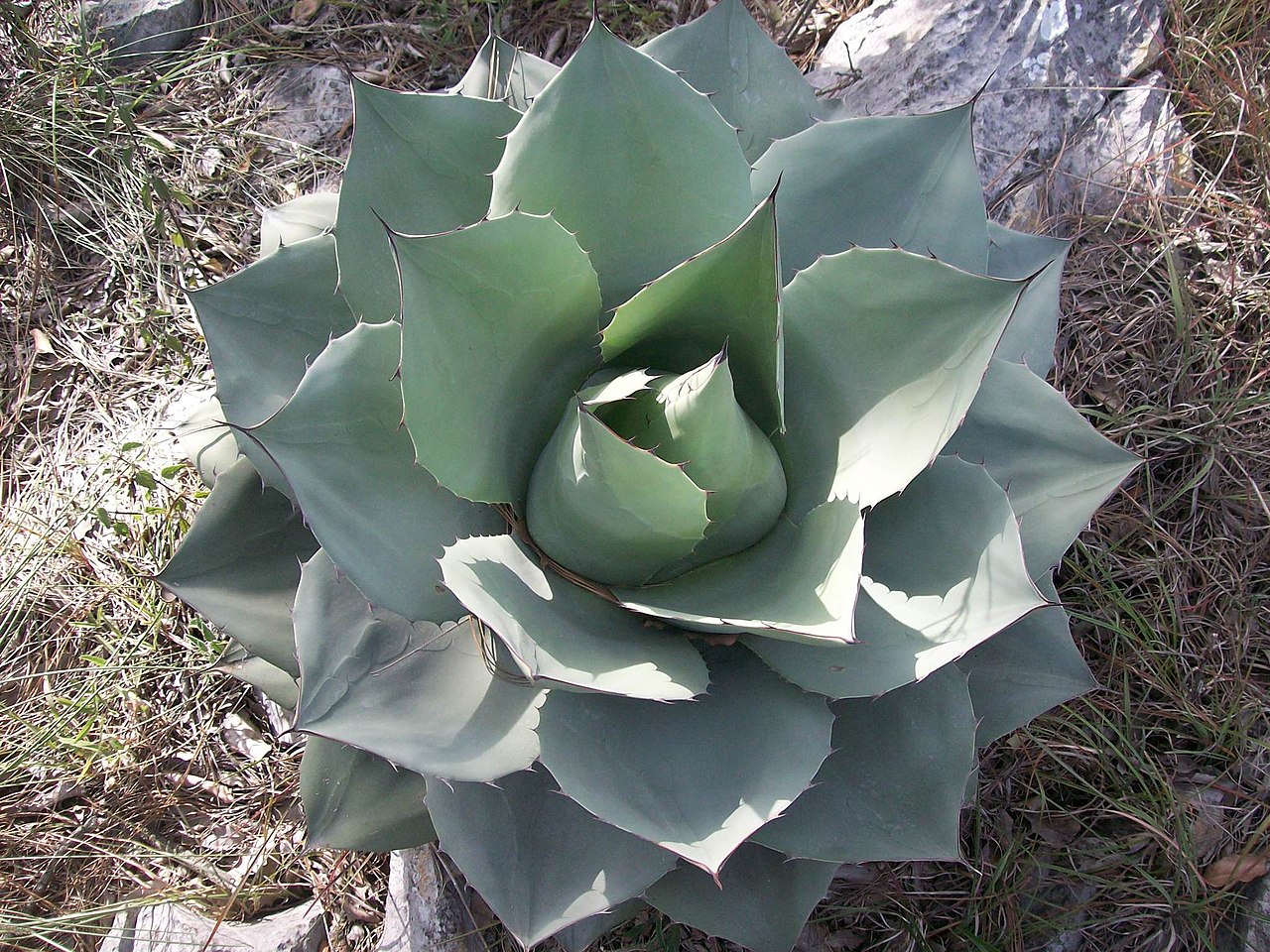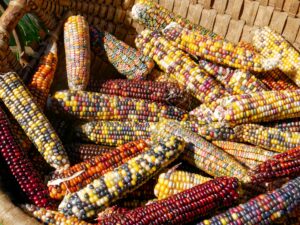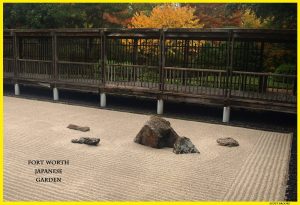
The North Texas summer is hard on traditional garden plants. But one type off plant shrugs of high temperatures and dry conditions and looks stunning all year round: hardy, striking agaves.
In fact, the biggest risk for these desert natives is not the heat of the summer but the cold of the winter. Agaves are more threatened by a hard freeze than a heat wave. But cold-tolerant agaves are available, and they bring an unusual sculptural quality to your landscape. They have a powerful dramatic presence, like living works of modern art.
Successfully growing agaves
As mentioned, the most important criteria for selecting an agave for North Texas is the cold-tolerance of the plant. If you intend to grow your agave in the ground, make sure you choose a variety that is known to be cold-tolerant. Even so, consider wrapping the plant in freeze cloth before severe cold snaps. Agaves can also be grown in containers, in which case the plant could be moved inside during the winter months.
Selecting the right location for agave is critical. Your goal is to replicate as much as possible the desert conditions of far West Texas, New Mexico, and northern Mexico. For most agaves, full sun is essential, as is well-drained, gritty soil. The thick clay soils found around much of Fort Worth will need to be heavily amended with a mix of sand and shale, possibly in a raised bed, to support agave. If growing the plant in a container, fill it with a soil mix intended for cacti.
Protecting wild agaves, yuccas and cacti
As interest in low-water-use gardening has grown, so has demand for plants including agaves, yuccas and varieties of cacti. One unfortunate result is that poachers have begun raiding wild spaces across the Southwest, digging up plants and selling them for a high profit.
This is an extremely troubling trend. These plants grow slowly in fragile ecosystems, and removing them can cause serious harm. “Unethical harvesting can severely deplete wild populations, endanger rare flowering species of native plants, disrupt ecosystems and deprive wildlife of their natural habitat,” according to the Texas A&M AgriLife Extension Service.
Make sure that you buy your desert plants from established, ethical providers. If you aren’t sure where a plant was grown, ask at the nursery or home center.
Supplemental water will help the plant become established in the first year but isn’t necessary going forward. In fact, make sure you do not over-water your agave, as it can cause the roots to rot.
Pay attention to the maximum size your plant is expected to grow and make sure to allow plenty of space around the plant. The prickly tips of agave leaves are often sharp. This makes the plants unsuitable along pathways or where children will play.
Great agaves for North Texas
Some of the best agaves for North Texas include the following:
Whale’s Tongue Agave (Agave ovatifolia) is a spectacular agave with powder-blue leaves that form a large rosette three to four feet tall and four feet wide. The leaves are wide and have a pronounced groove or “gutter” on the upper surface. Whale’s Tongue thrives in heat and drought, although it will grow larger with regular irrigation. When mature, at about ten years old, the plant will bloom, producing flowering spikes that reach up to 15 feet tall—then it will die. But those years will have been worth it.

New Mexico Agave (Agave parryi v. neomexicana) is native to southeastern New Mexico and West Texas. This variety grows very slowly to about one foot tall and two feet wide. The leaves are slender and blue-green to gray in color, with small black “teeth” along the leaf margins and then a single, black point on the tip of each leaf. The plant prefers full afternoon sun, is extremely drought resistant, and tolerates temperatures down to -20° F. Unlike Whale’s Tongue Agave, New Mexico Agave produces offsets, or “pups,” that will continue to grow after the original plant flowers and dies.
Havard Agave (Agave havardiana) is native to West Texas and northern Mexico. This handsome plant has stout silver grey leaves bearing marginal teeth and a sharp terminal spine. The leaves are held in a tight rosette which is typically solitary. Single plants can reach a size of three feet tall by four feet wide, and occasionally produce offsets. The tall, branched flower stalk has greenish-yellow flowers. It is quite cold hardy, to –20° F.
Century Plant (Agave americana) is the largest and most majestic of the native Texas agaves, often growing as tall as six feet. Its leaves are gray-blue to blue-green with spines at the tips and on the margins; the older leaves often gracefully arch down. Century plant lives for 10 to 25 years (the “century” is an exaggeration) before it uses all its reserves to produce a magnificent flower stalk that can be 15 feet tall. After that the original plant dies, but is replaced by small offshoots around the base. It is extremely drought tolerant and moderately slow-growing.
Heat tolerant, drought-tolerant, and a dramatic fixture in your landscape: what’s not to like about agave? The best time to plant is in the spring, so spend this summer picking out a sunny location where agave can thrive.






